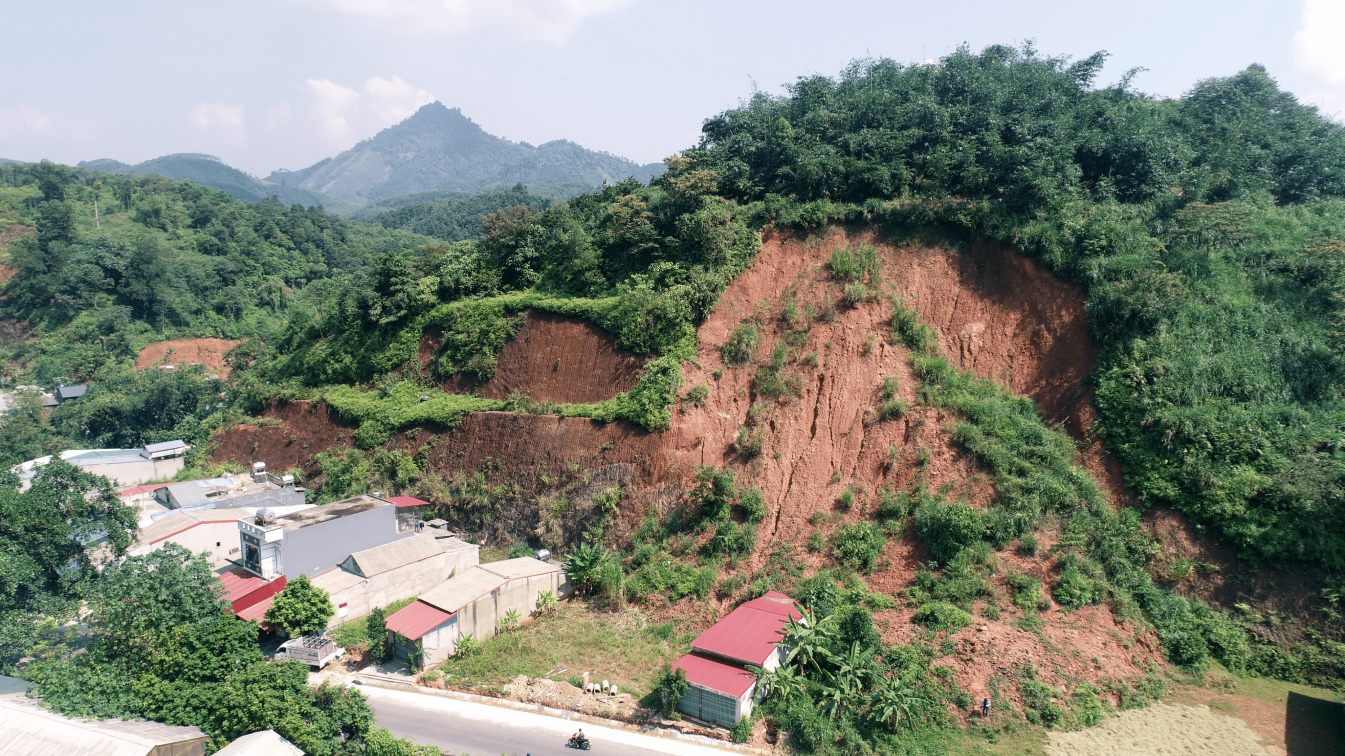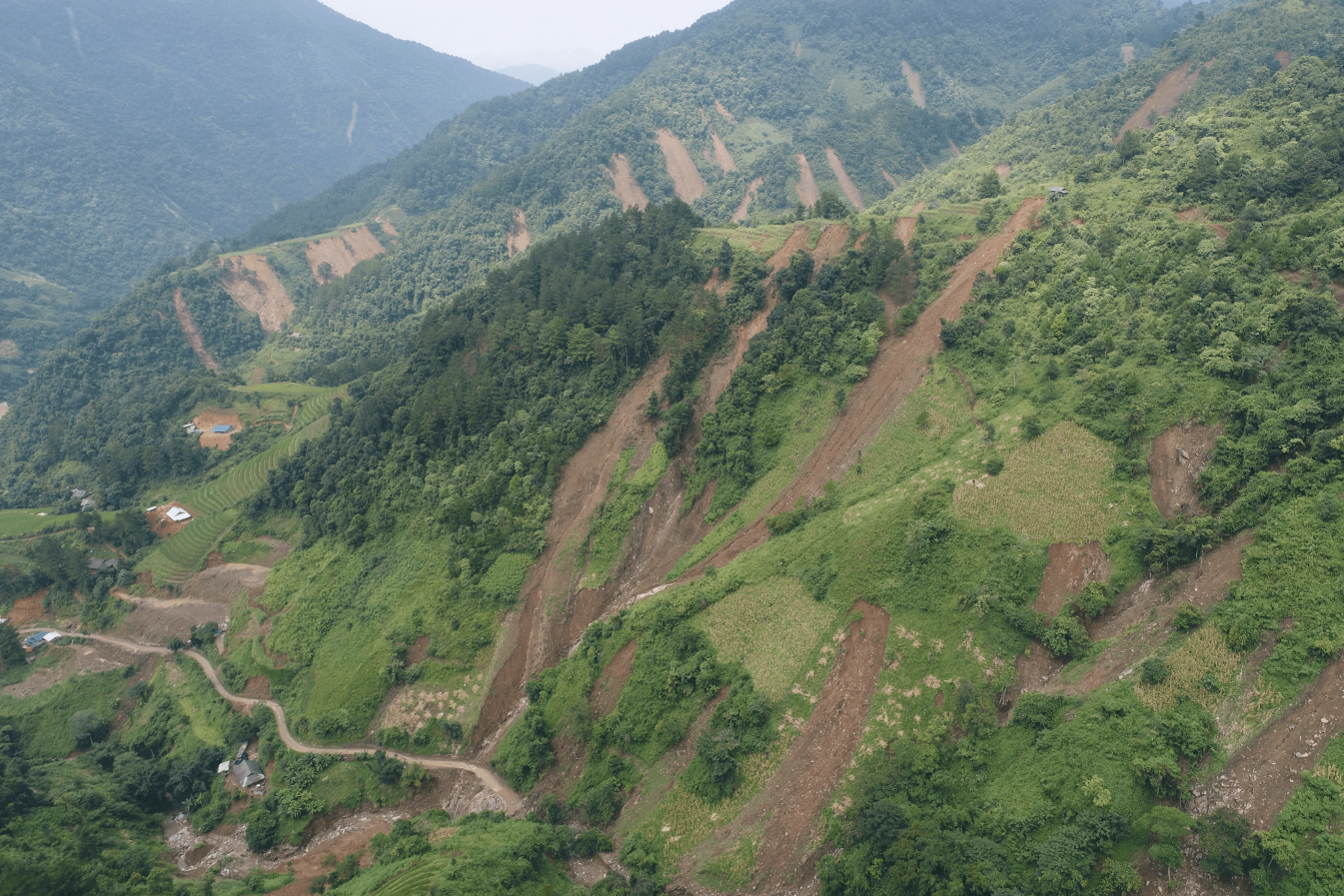
https://tuoitre.vn/dia-chi-tru-so-lam-viec-cac-xa-phuong-thuoc-tinh-lao-cai-tu-1-7-20250627095029076.htm
Từ 1-7, tỉnh Lào Cai mới (sáp nhập tỉnh Yên Bái và Lào Cai) có 99 đơn vị hành chính cấp xã, gồm 89 xã và 10 phường, trong đó có 8 xã không thực hiện sắp xếp.
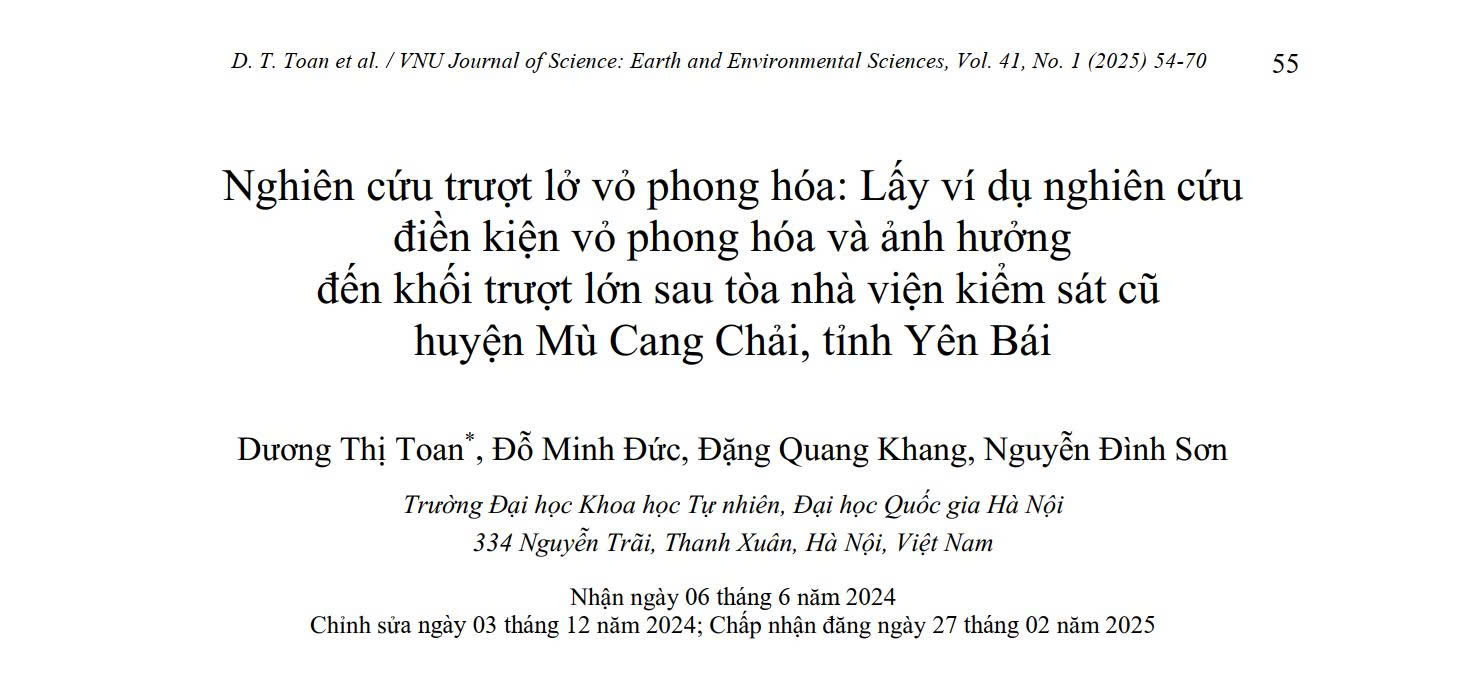
Study on Weathered Slope Landslides and Causes in Mu Cang Chai District, Yen Bai Province
link: https://js.vnu.edu.vn/EES/article/view/5162

Extreme-rainfall-induced series of landslides and large flow-like landslides in Ho Bon commune, Mu Cang Chai district, Yen Bai province, Vietnam, in August 2023
Link: https://link.springer.com/article/10.1007/s10346-025-02544-5
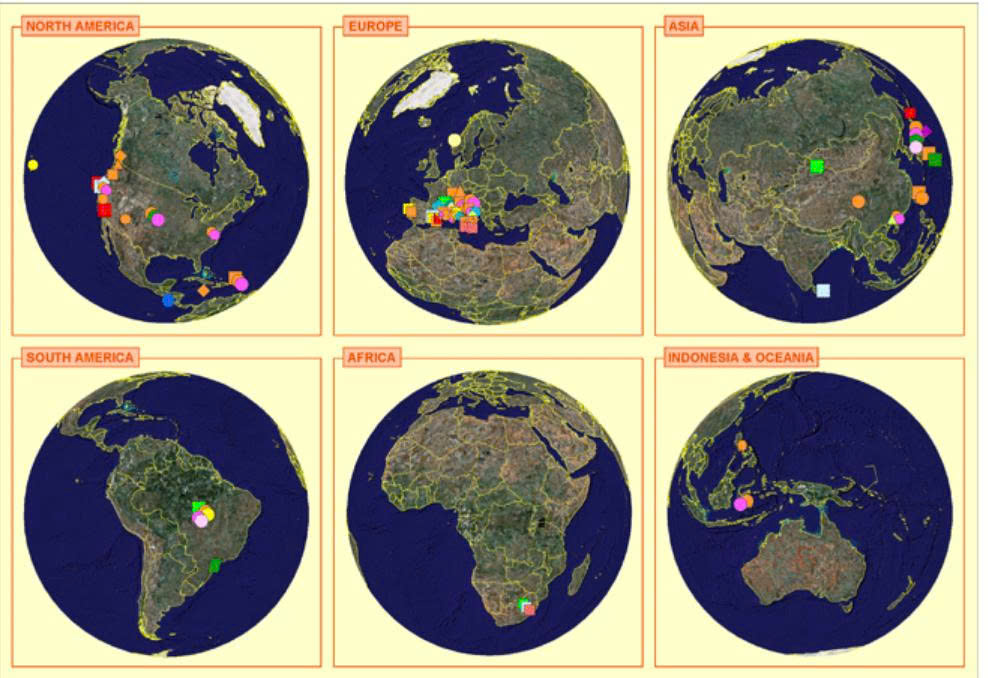
Xem chi tiết tại đường dẫn: http://wwwdb.gndci.cnr.it/php2/rainfall_thresholds/thresholds_all.php?lingua=it
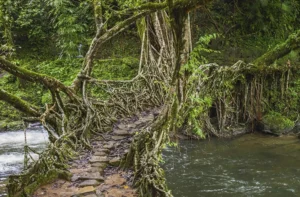
Landslides have been a persistent threat to the Gap Road stretch, posing significant risks to both human life and property. In a promising development, the Assembly Committee on Environment has directed the concerned departments and the National Highways Authority of India (NHAI) to explore a nature-based solution: planting bamboo along the vulnerable areas. This innovative proposal aims to prevent future landslides while simultaneously addressing the food security concerns of elephants in the region.
The Problem: Landslides on Gap Road
Gap Road, notorious for its susceptibility to landslides, has been a cause for concern for years. The road’s location, coupled with the region’s geological conditions, makes it particularly vulnerable to soil erosion and slope instability. Landslides on this stretch have led to loss of life, property damage, and disruptions in transportation, impacting the lives of countless people.
The Bamboo Solution: A Green Shield
The proposed plan to plant bamboo along the Gap Road stretch is a commendable step towards mitigating the landslide risk. Bamboo, known for its robust root system, has the potential to reinforce the soil and prevent erosion. The deep penetration of bamboo roots into the soil can significantly enhance the soil’s stability, acting as a natural barrier against landslides.
Moreover, the initiative extends beyond landslide prevention. By introducing bamboo and reed bamboo, the project aims to create a sustainable food source for elephants in the region. This dual benefit underscores the holistic approach of the proposal.
A Collaborative Effort
The successful implementation of this project requires a collaborative effort involving multiple stakeholders. The Forest Department, with its expertise in ecology and wildlife conservation, will play a crucial role in identifying suitable bamboo species and ensuring their proper cultivation. The Social Forestry wing can contribute to the project by providing technical guidance and support. The Kerala State Biodiversity Board’s role will be vital in assessing the environmental impact and ensuring the project aligns with biodiversity conservation goals. NHAI’s involvement is essential for the execution of the project along the road stretch.
Scientific Study and Implementation
Before embarking on a large-scale plantation, NHAI will conduct a comprehensive scientific study to evaluate the feasibility and effectiveness of the bamboo barrier. This study will involve soil analysis, slope stability assessment, and identification of suitable bamboo species. Once the study yields positive results, a detailed project plan will be formulated, outlining the plantation areas, the required quantity of bamboo saplings, and the timeline for implementation.
Benefits Beyond Landslide Prevention
The bamboo plantation project offers several additional benefits:
- Carbon sequestration: Bamboo is known for its exceptional carbon sequestration capabilities, helping to mitigate climate change.
- Biodiversity enhancement: The introduction of bamboo will create a new habitat for various plant and animal species, promoting biodiversity.
- Economic opportunities: Bamboo cultivation can generate employment opportunities for local communities through activities like plantation, harvesting, and processing.
- Eco-tourism potential: The lush green bamboo plantations can be developed as eco-tourism spots, attracting visitors and boosting local economies.
Challenges and Considerations
While the bamboo plantation project holds immense promise, it is essential to address potential challenges and considerations:
- Maintenance: Bamboo requires regular maintenance, including pruning and pest control. A dedicated team will be needed to ensure the long-term sustainability of the plantation.
- Land acquisition: Acquiring sufficient land for the bamboo plantation might pose challenges, especially in densely populated areas.
- Community involvement: Engaging local communities in the project is crucial for its success. Awareness campaigns and capacity-building programs can help foster community ownership.
Conclusion
The proposal to plant bamboo along the Gap Road stretch is a visionary step towards addressing the landslide problem while contributing to ecological restoration and community development. By combining scientific expertise, collaborative efforts, and community participation, this project can become a model for sustainable land management and disaster risk reduction. As the project progresses, it is essential to monitor its impact closely and make necessary adjustments to ensure its long-term success
xem chi tiết ở đường dẫn này: https://bamboomoshai.com/bamboo-barrier-a-green-solution-to-landslides-on-gap-road/

Suggested citation: Ananayo,Z.(2009). Rice Terrace Construction and Maintenance. Nurturing Indigenous Knowledge Experts among the younger generations, Phase 3. nikeprogramme.net. https://nikeprogramme.net/?p=364
-----------------------------------------------------------------------------------------------------------------------------------------------------------------------------------------------------------------------------------------------
Indigenous Approach To Rice Terrace Building And Maintenance
The Ifugao approaches terrace building with respect to the agricultural cycle. By evaluating the topography, vegetation, water resource, and availability of building materials, he plans the land use, irrigation and drainage channeling, and work phasing in July to October bearing in mind to finish the construction in time for the planting season in November to early December (Guimbatan, 2003).
Because water supply is very much needed during and after the construction of a ricefield, it is the main consideration when selecting a construction site. The indigenous rice variety (Tinawon) requires that the field be inundated throughout the cropping season just as the pondfield needs to be filled with water the whole year round to stabilize the slopes or to prevent erosion.
Soil type should also be suited for rice production. In the Kiangan area, farmers prefer two types of soil, namely: clay (pidot) and loam (mahalibukag). Furthermore, the terrain is also considered as this affects the ease of construction and maintaining the paddy. For instance, very steep slopes are very vulnerable to landslides and render it difficult to clean its walls. The terrain also affects the area of the paddy. It is observed that where the slopes are steep, the paddies are narrower and where the slopes are gentler, the paddies are wider (Buyuccan, 2009).
Unfinished construction work and repair are done quickly in the early planting season when the seedlings are prepared for transplanting. Thereafter, irrigations are maintained and terraces are guarded from possible erosion from the planting season to harvest season. Eroded terrace parts and slumps caused by sudden rainstorms are only repaired after harvest season. After harvest, evaluations begin again and the cycle continues.
Xem chi tiết tại -> https://nikeprogramme.net/?p=364
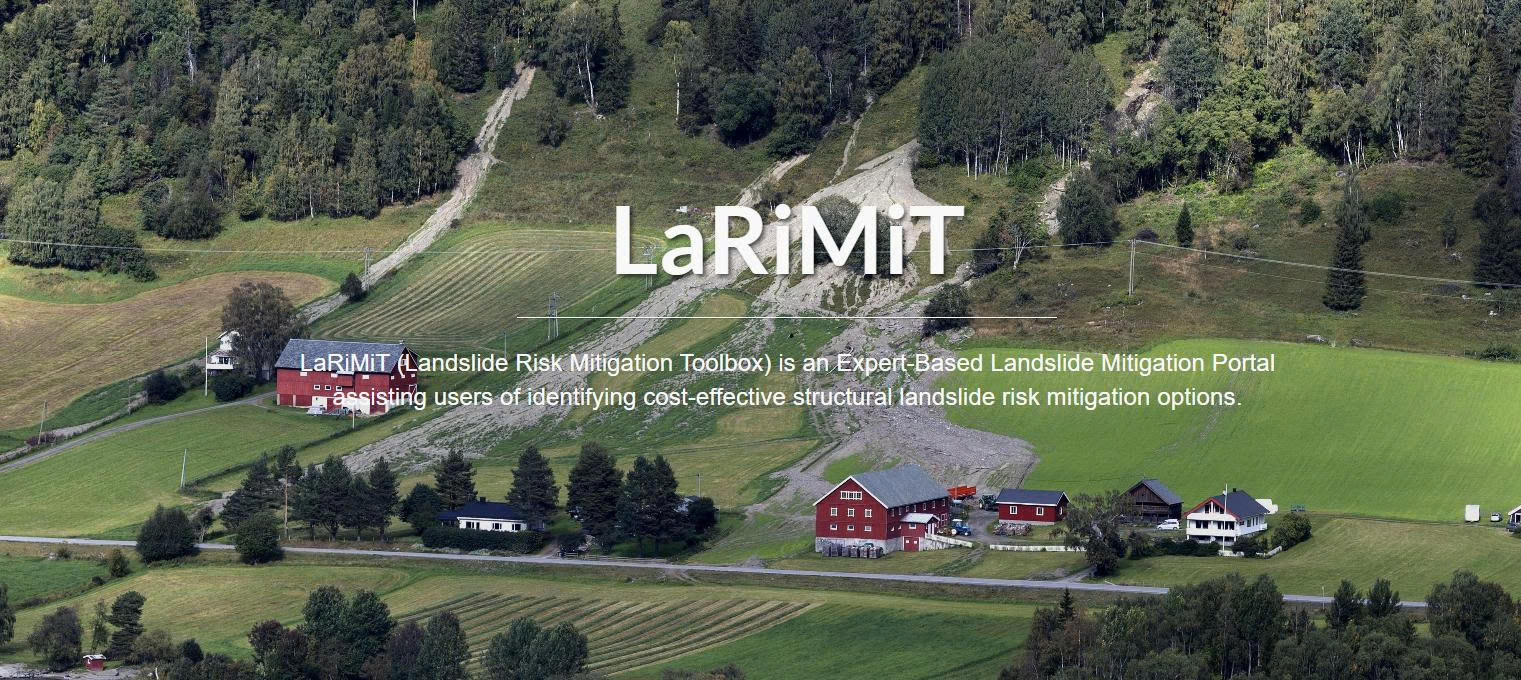
Truy cập vào đường dẫn này xem chi tiết https://www.larimit.com/
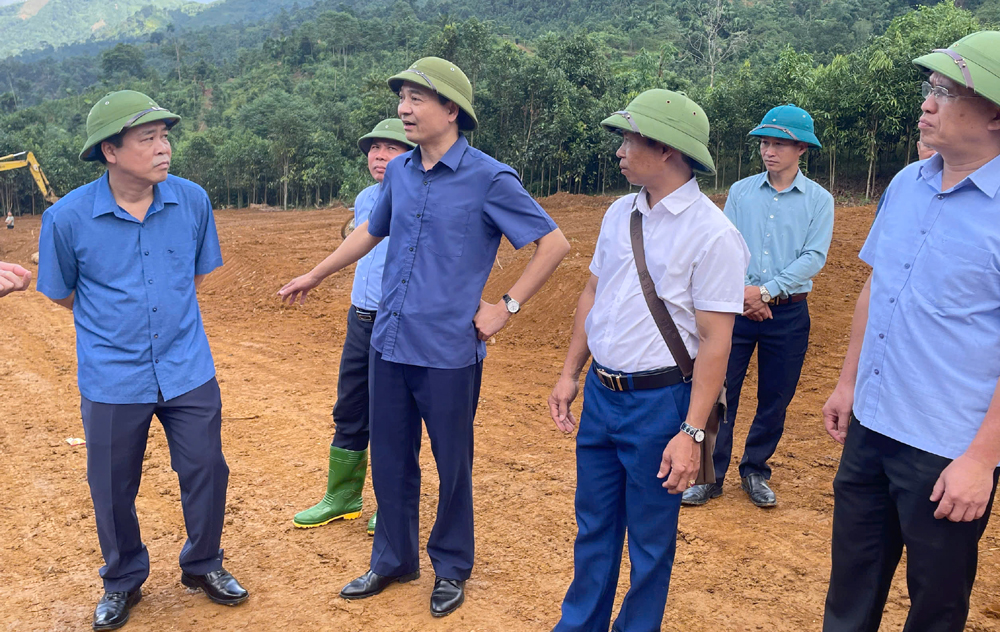
Sau hơn 1 tháng cơn bão số 3 đi qua, hiện nay huyện Văn Chấn đang khẩn trương tập trung giải phóng mặt bằng, bố trí đất tái định cư cho các hộ dân sống trong khu vực có nguy cơ sạt lở đất cần phải di dời khẩn cấp đến nơi ở mới để đảm bảo ổn định đời sống.

Lãnh đạo huyện Văn Chấn kiểm tra triển khai Dự án bố trí tái định cư cho người dân tại thôn Sài Lương, xã An Lương.
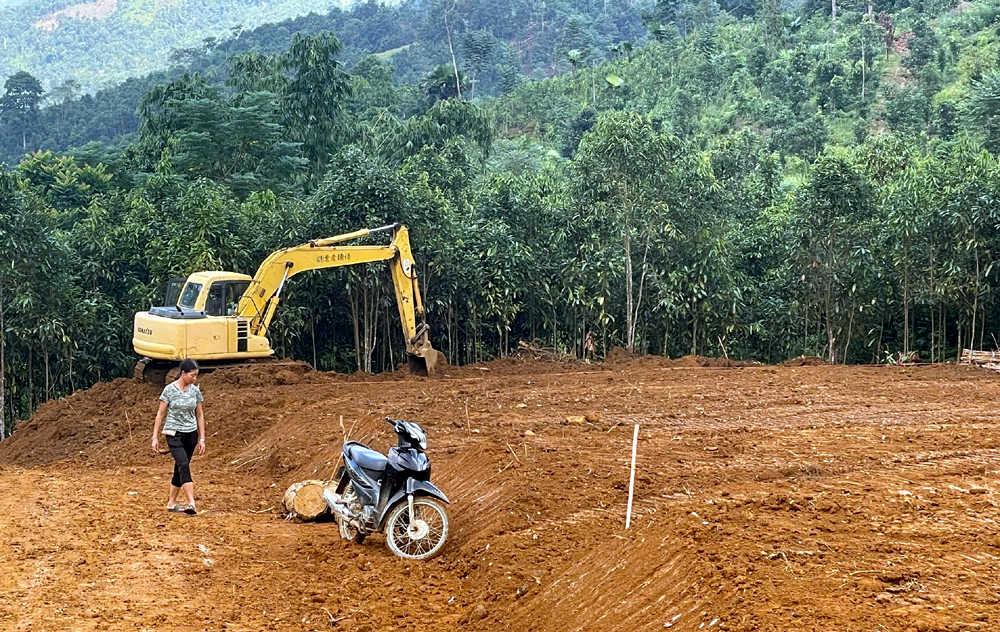
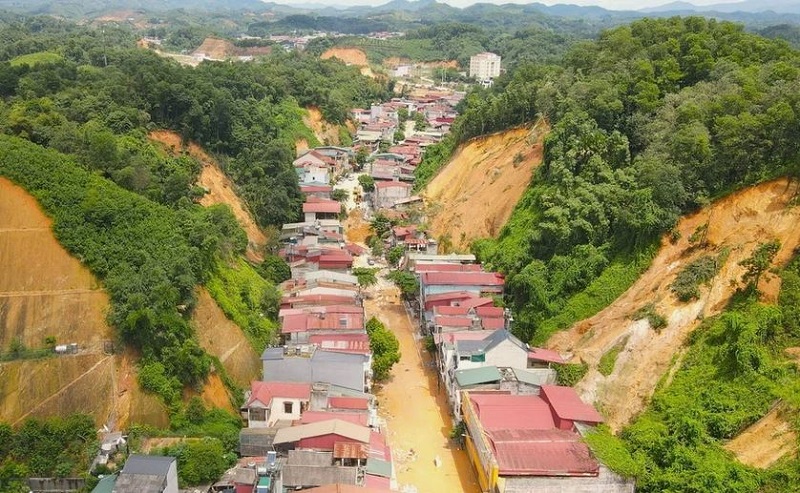
CTTĐT - Theo thống kê, rà soát của Sở Nông nghiệp và Phát triển nông thôn, đến nay tại thành phố Yên Bái có 145 khu vực đã sạt lở và có nguy cơ sạt lở gây ảnh hưởng đến 4.419 hộ dân, trong đó có 2.514 hộ dân trong khu vực nguy cơ cao, 1.905 hộ dân trong khu vực có nguy cơ sạt lở.
Đến nay tại thành phố Yên Bái có 145 khu vực đã sạt lở và có nguy cơ sạt lở
Trong đó, xã Minh Bảo có 17 khu vực đã sạt lở và có nguy cơ sạt lở gây ảnh hưởng đến 248 hộ dân (số hộ dân đã bị sạt lở là 112 hộ, có nguy cơ sạt lở 136 hộ), lũ ống, lũ quét đã xảy ra tại thôn Bảo Tân gây sập nhà của 1 hộ dân, làm 4 người bị thiệt mạng.
Phường Yên Thịnh có 32 khu vực đã sạt lở và có nguy cơ sạt lở, gây ảnh hưởng đến 255 hộ dân (số hộ dân đã bị sạt lở là 131 hộ, có nguy cơ sạt lở là 124 hộ).
Phường Yên Ninh có 16 khu vực đã sạt lở và có nguy cơ sạt lở gây ảnh hưởng đến 922 hộ dân (số hộ dân đã bị sạt lở là 189 hộ, có nguy cơ sạt lở là 733 hộ).
Phường Đồng Tâm có 16 khu vực đã sạt lở và có nguy cơ sạt lở, gây ảnh hưởng đến 770 hộ dân (số hộ dân đã bị sạt lở là 664 hộ, có nguy cơ sạt lở là 126 hộ).
Phường Minh Tân có 5 khu vực đã sạt lở và có nguy cơ sạt lở, gây ảnh hưởng đến 658 hộ dân (số hộ dân đã bị sạt lở là 580 hộ, có nguy cơ sạt lở là 78 hộ).
Phường Hợp Minh có 5 khu vực đã sạt lở và có nguy cơ sạt lở, gây ảnh hưởng đến 221 hộ dân (số hộ dân đã bị sạt lở là 125 hộ, có nguy cơ sạt lở là 96 hộ.
Xã Tân Thịnh có 15 khu vực đã sạt lở và có nguy cơ sạt lở, gây ảnh hưởng 919 hộ dân (số hộ dân đã bị sạt lở là 491 hộ, có nguy cơ sạt lở là 428 hộ).
Phường Nguyễn Thái Học có 3 khu vực đã sạt lở và có nguy cơ sạt lở, gây ảnh hưởng đến 189 hộ dân (số hộ dân đã bị sạt lở là 104 hộ, có nguy cơ sạt lở là 85 hộ).
Xã Văn Phú có 27 khu vực đã sạt lở và có nguy cơ sạt lở, gây ảnh hưởng đến 91 hộ dân (số hộ dân đã bị sạt lở là 55 hộ, có nguy cơ sạt lở là 36 hộ).
Xã Âu Lâu có 5 khu vực đã sạt lở và có nguy cơ sạt lở, gây ảnh hưởng đến 102 hộ dân (số hộ dân đã bị sạt lở là 32 hộ, có nguy cơ sạt lở là 70 hộ); 4 khu vực có nguy cơ bị lũ ống, lũ quét là các thôn Thanh Giang, Đoàn Kết, Đắng Con, Đồng Đình)
Xã Giới Phiên có 4 khu vực đã sạt lở và có nguy cơ sạt lở, gây ảnh hưởng đến 44 hộ (số hộ dân đã bị sạt lở là 26 hộ, có nguy cơ sạt lở là 18 hộ).
Nguồn: https://yenbai.gov.vn/noidung/tintuc/Pages/chi-tiet-tin-tuc.aspx?ItemID=6691&l=TinSoNganhDiaphuong
Thu Nga.
